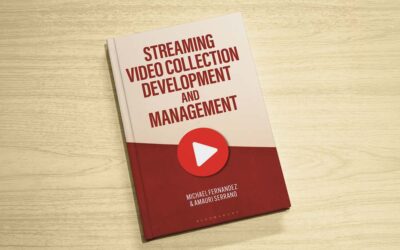Additional Neuromyths that Impact How We Interact and Learn
Lauren Hays
In two previous posts I discussed the neuromyths (myths that people believe about the brain) of learning styles and right-brain/left-brain people. Those are neuromyths that are widely believed, but they are certainly not the only ones. I want to share a few more prevalent neuromyths that may impact how we interact with others.
Have you heard that people only use 10% of their brain? I have heard this said many times, but it is in fact, false. The origin of this myth is unknown, and there is no definitive study that tells us how much of our brain we are using at any one time. Still, though, brain scans show that the brain is constantly active, even during sleep. “Even people with degenerative neural disorders such as Alzheimer’s and Parkinson’s disease still use more than 10% of their brains” (Chew, 2018, para. 4).
Personally, I find this encouraging. I do not like the idea that I need to figure out how to unlock more brain power. Sure, there are things I can do to improve concentration and limit distractions which would likely increase my productivity. However, for me, and likely many workers, the idea that I need to be better and use more brain power is very discouraging—because how would I actually figure out how to access that 90% of my brain? There are no strategies for that. So instead of focusing on how we do not do enough, we should be acknowledging to others (and ourselves!) that they do use their brain and provide strategies to help them learn.
Another myth is that we cannot grow new brain cells. This is certainly a myth I have heard numerous times. However, in the 1990s scientists discovered neurogenesis. “Neurogenesis is the process by which new neurons are formed in the brain” (Queensland Brain Institute, 2021, para. 1).
A third myth is the idea of brain training. You might have heard a lot of advertising about brain training. It’s the idea that you can play games to help improve brain function. However, there is little, if any, evidence to support this. Tokuhama-Espinosas (2018) wrote that some studies show that brain training activities have short-term benefits with use in specific populations, but nothing that can be generalized.
I highlight these three neuromyths because they are ones I have heard in my own life. As I said in my posts about the myths of learning styles and right brain/left brain people, as librarians, it is our job to use reputable sources and use research-based practices. We should be promoting correct ways of thinking about the brain and helping others learn.
If you are interested in exploring more neuromyths I suggest reading Neuromyths: Debunking false ideas about the brain by Tracey Tokuhama-Espinosa.
References
Chew, S. (2018). Myth: We only use 10% of our brains. Association for Psychological Science. https://www.psychologicalscience.org/teaching/myth-we-only-use-10-of-our-brains.html
Tokuhama-Espinosa, T. (2018). Neuromyths: Debunking false ideas about the brain. W. W. Norton & Company.
Queensland Brain Institute. (2021). What is neurogenesis? https://qbi.uq.edu.au/brain-basics/brain-physiology/what-neurogenesis
Lauren Hays
Lauren Hays, PhD, is an Assistant Professor of Instructional Technology at the University of Central Missouri, and a frequent speaker on topics related to libraries and librarianship. Her professional interests include information literacy, educational technology, library and information science education, teacher identity, and academic development. Please read Lauren’s other posts about skills for special librarians. And take a look at Lucidea’s powerful integrated library systems, SydneyEnterprise, and GeniePlus, used daily by innovative special librarians in libraries of all types, sizes and budgets.
Similar Posts
Growing Your Leadership Skills: 7 Tips for Special Librarians
Great library leaders aren’t born—they’re made through learning self-reflection and practice. Here are seven strategies to help you grow and lead with impact.
Keeping Up with Copyright and Generative AI: What Special Librarians Need to Know
As generative AI becomes more prevalent copyright law is evolving to address its impact. A new report from the U.S. Copyright Office provides guidance on what is (and isn’t) copyrightable.
Understanding Shadow AI: Risks Costs and Governance
AI can enhance search discovery and efficiency but unsanctioned adoption—known as “shadow AI”—can lead to budget overruns and compliance risks. Here’s how to evaluate AI pricing models and build a governance strategy that balances innovation with cost control.
Interview with an Author: Fernandez on Streaming Video Collection Development
As demand for streaming video in libraries grows so do the challenges of managing access budgets and licensing. Co-author Michael Fernandez shares key insights from his book “Streaming Video Collection Development and Management”.






Leave a Comment
Comments are reviewed and must adhere to our comments policy.
0 Comments